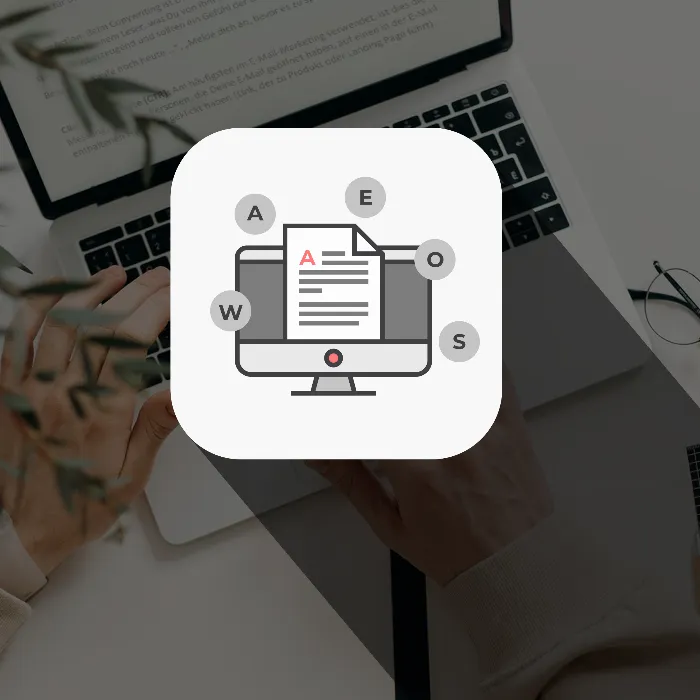Creating engaging headlines is an art in itself. The classic W-questions not only bring clarity to the headline, but also attract the attention of your target audience. In this guide, you will learn how to effectively use these questions to optimize your blog posts and titles.
Key insights
- W-questions help to arouse relevant interest and cater to search queries.
- A well-formulated headline that integrates a W-question can increase the click-through rate to your content.
- By understanding what your target audience is searching for, you can tailor your content accordingly.
- W-questions encourage clear and concise communication of the topic.
Step-by-Step Guide
Understanding the W-Questions
Before you can effectively use the W-questions, it is important to understand what they are. The classic W-questions start with the following terms: Who, What, When, Where, Why, and How. These questions help you structure important information and are often the questions your target audience enters in search engines.
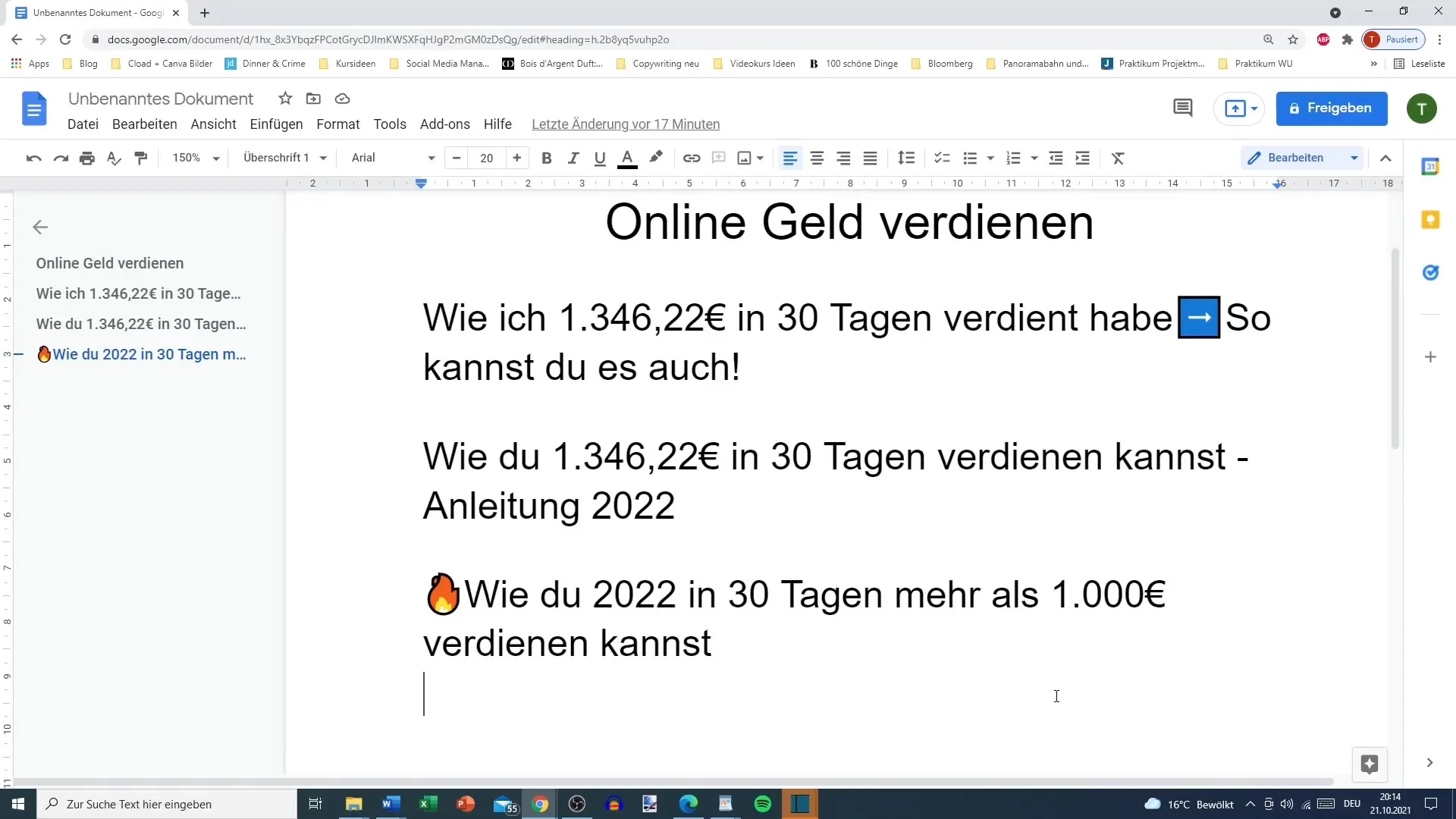
Choosing a Topic
Choose a topic that interests you or is relevant to your target audience. For example, if you are writing about "dog biscuit recipes," think about how you can present the topic from different perspectives.
Generating the W-Questions
Now it's time to create specific W-questions related to your chosen topic. You can think about how the W-questions could be phrased, for example, "How do I bake dog biscuits?" or "What do I need for a recipe?". You can then use these questions as a starting point for your headline.
Rephrasing Title Ideas
With your topic and the generated W-questions, you can now work on the specific titles. Think about how to formulate an interesting headline that includes a W-question. For example, "How can I earn 1000 euros within 30 days?" is an effective title idea that piques interest.
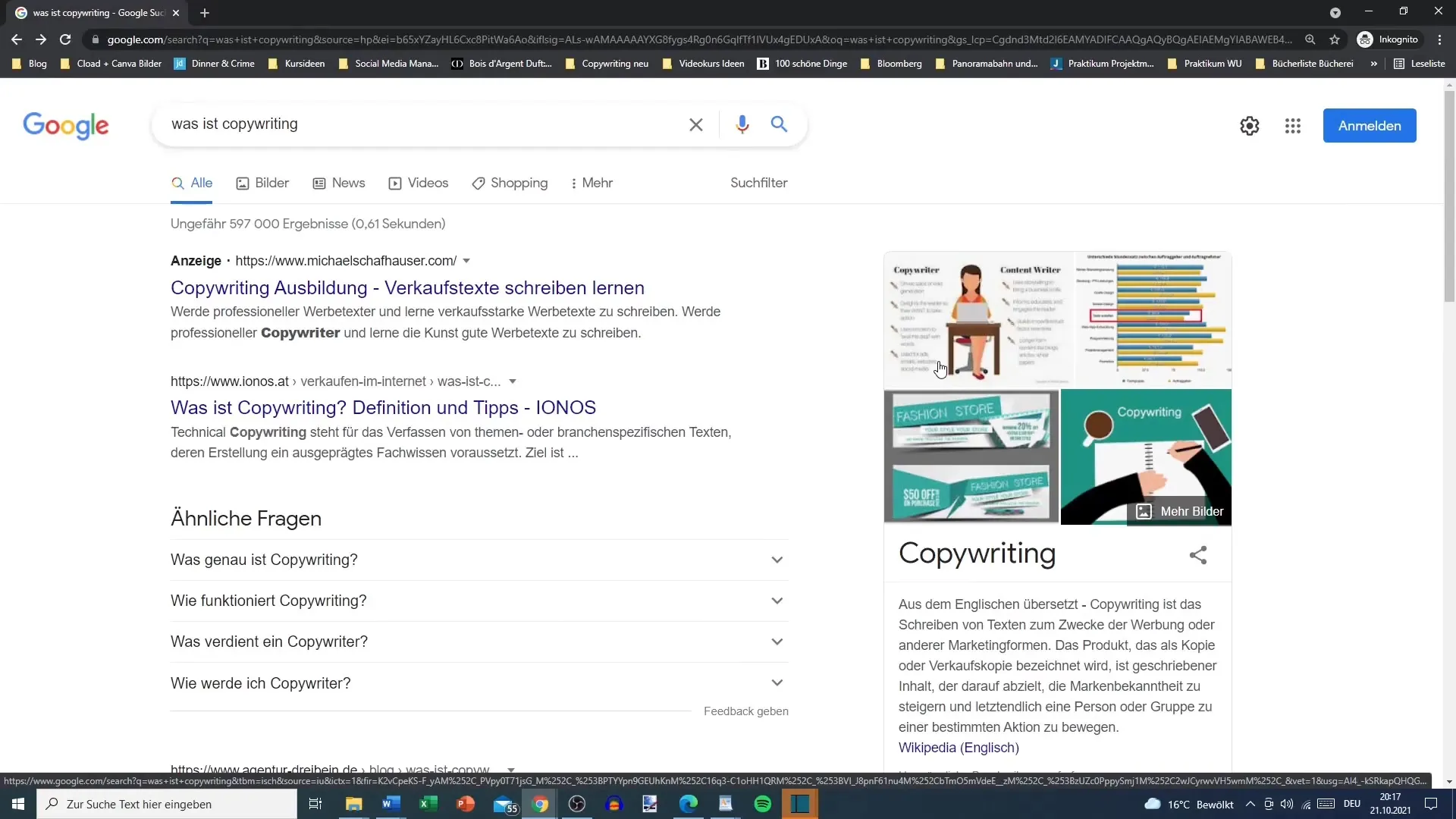
Researching Search Queries
Conduct research to find out which W-questions are commonly searched for. Use search engines and analyze which questions appear in the autofill suggestions when you start entering a search term. These aspects provide valuable insights into what is often searched for.
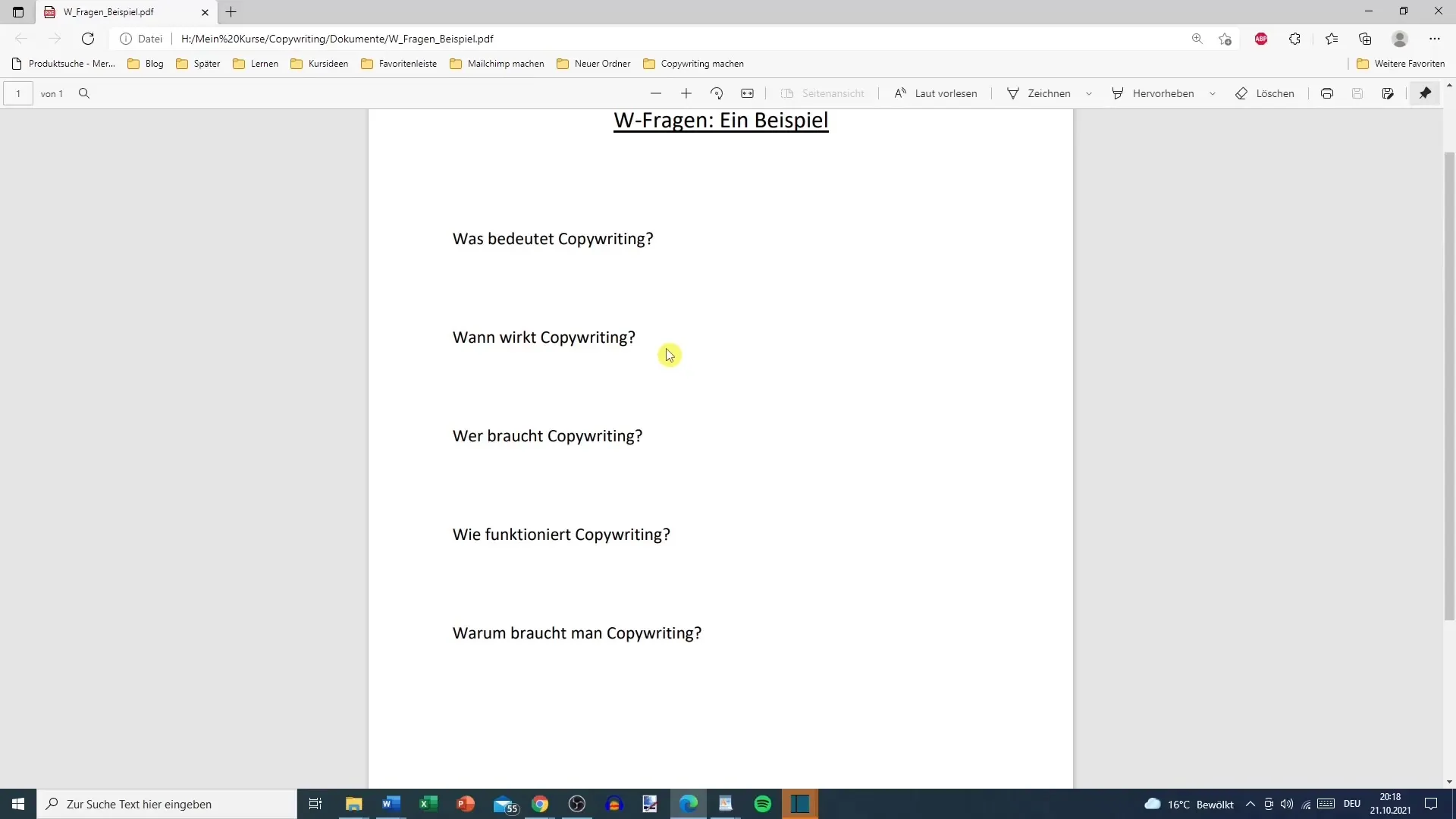
Content Optimization
Once you have your W-questions, you can adjust your content to specifically address these questions. This increases the relevance of your texts and helps improve your visibility in Google's organic search results. Focus on writing concise and informative sections in your post for each W-question.
Using W-Questions in Subheadings
In addition to using W-questions as main titles, you can also use them as subheadings in your blog posts. This can provide additional clarity and show the reader directly what to expect in this section.
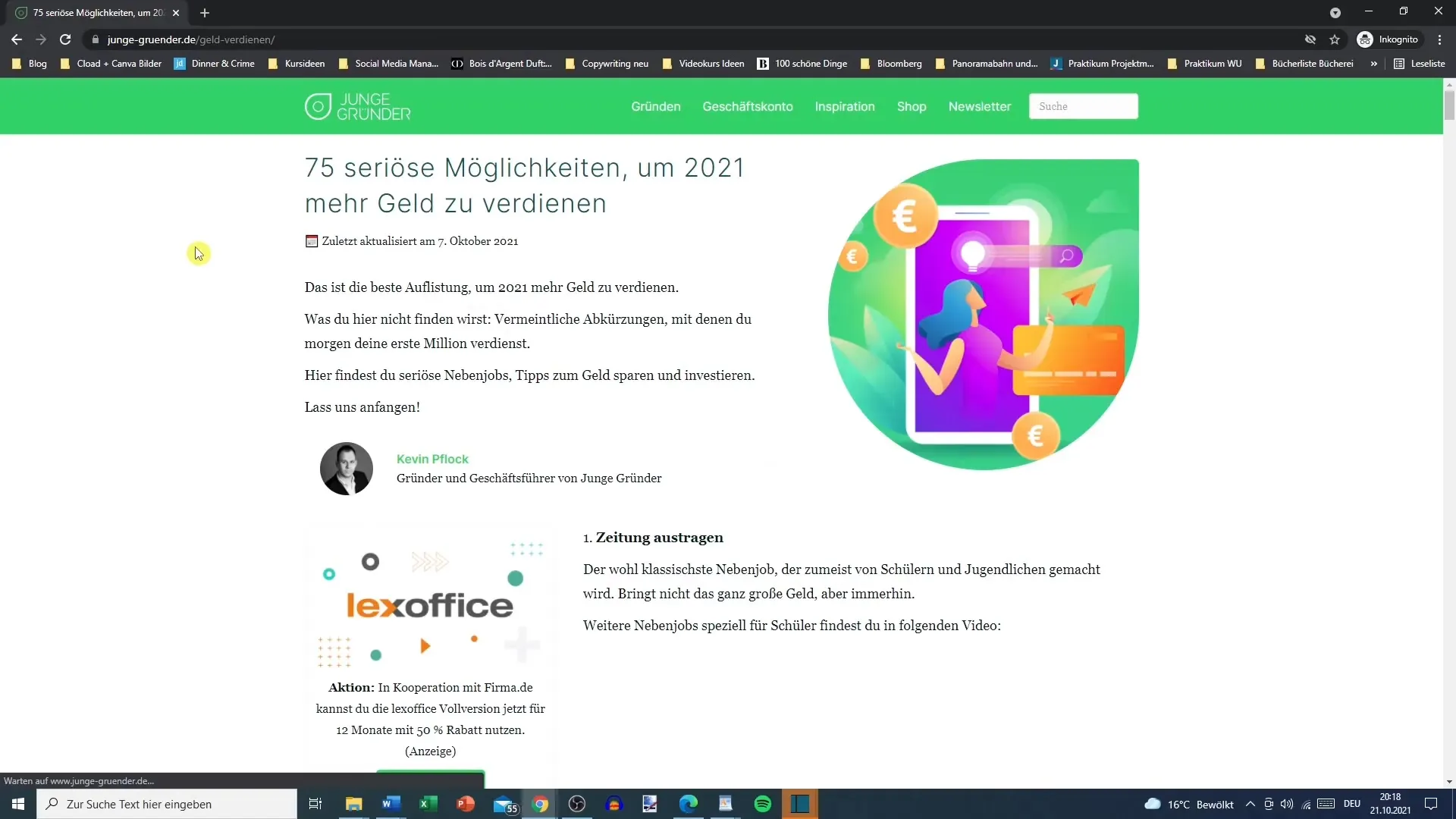
Summary
By applying the classic W-questions, you can not only create engaging headlines but also ensure that your content addresses the questions and needs of your target audience. This leads to better reader engagement and increases the visibility of your content in search engines.
Frequently Asked Questions
What are W-questions?W-questions are questions that begin with the terms Who, What, When, Where, Why, and How, and help convey relevant information.
How can I use W-questions for my titles?Formulate your title to include a W-question that captures the reader's interest and is supported by the search engine.
Why are W-questions important in copywriting?W-questions help attract reader attention and ensure that the content meets their expectations and search queries.
How do I find relevant W-questions for my topic?Use search engines and analyze suggestions that appear when entering search terms.
Can I use W-questions in subheadings as well?Yes, W-questions can also be effectively used as subheadings to improve the structure of your text and provide additional clarity.
